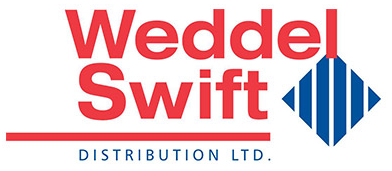Uruguayan steer third most expensive in the world
The Uruguayan steer is the third most expensive in the world. It is more expensive than in Australia, New Zealand, Brasil or Argentina; the new High Quality Beef quota will help to sustain the prices.
The beef sector in Uruguay is starging a new phase. Very gradually, a new niche, the one of cattle finished with grain during the last 100 days is becoming more and more visible. The arrival of the quota can be an important factor to sustain a price differential which is harder and harder to maintain. Because the price of fat cattle, which dropped slightly this week, is keeping at a price level not achieved by the neighbouring countries, neither in Australia or New Zealand.
Several factors determine the price, one of them is a novelty since it can sustain the differential in the médium term, which is exporting at a higher price on average. The so called Quota 620 is promoting changes in the beef chain: the approval first, then luring the importers, and after the first loads which arived to Europe two months ago, the flow is becoming more and more streamlined.
In March 90MT were exported, in April they were 160, the forecast for May is to surpass 200MT. The big jump will come during the second half of the year, when the impact of the quota will be clearer which has the potential of superating the relevance of Hilton. On Aug 1st the EU will go from 20 thousand tonnes to 45 thousand, and the impact of that will be registered a month in advance.
Meanwhile the cattle management by the farmers generates prices which supérate in unusual proportions the Brazilian prices, which are persistently higher than Australia’s, in the short term the needs linked to the end of the quota and the operations with Israel will keep the market strong. The expectation of the AUPCIN (Uruguayan Association of Intensive Cattle Farming) is that the calf price will be stronger in the next couple of years, seeing in this the opportunity to turn an incipient business in something structurally strong.
The exporters are more cautious, they see this as business with potential but only starting. The strength of this business is that widens the cut scope to be exported, which is limited in the Hilton quota. If the Quota 620 has an important impact, it will hit the Hilton quota too because the reposition steers would divide its destinations when a bit over 300Kg: some of them to the grass finished market and Hilton, and the other for the grain market and Quota 620, which is starting to happen.
The local prices are sustained by supply, given the scarcity of cattle shipped to the packers. The export deals are relatively small, and there is a strong competition with Paraguay for the Russian market. The European buyers are extremely careful and the important sales are basically to Israel, Chile and Venezuela. The supply has been reduced on and on since 2004, and the 2006 and 2007 seasons raided the herd. Today, there is an important retention by the farmers propelled by the good grass availability.
April’s slaughter has been the lowest since 2002. An even further low is expected for May and then a gradual retake during the second semester. This, is likely to be accompanied with increasing exports of grain finished cattle which will keep the prices up.
BPU – Criadores Hereford
The Hereford certified farmers have created a commercialisation programme which seems to be one of the first signals that the market will be divided between regular and 620. According to what has been approved, they will be signing specific six months contracts with the following foundations:
1. Fixed basis price for the whole period and grid.
2. Volume delivery Schedule according to supply contract.
3. 140 head mínimum basis per deal
4. Minimum carcass weight 260Kg.



